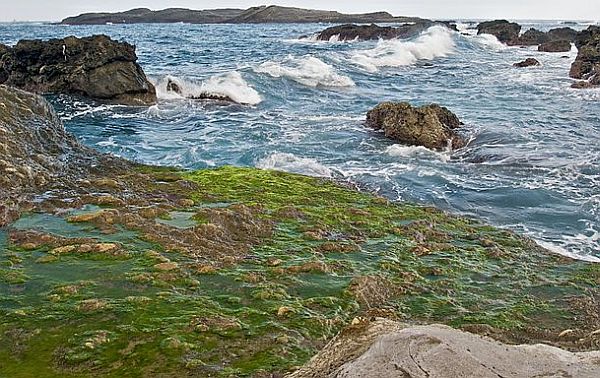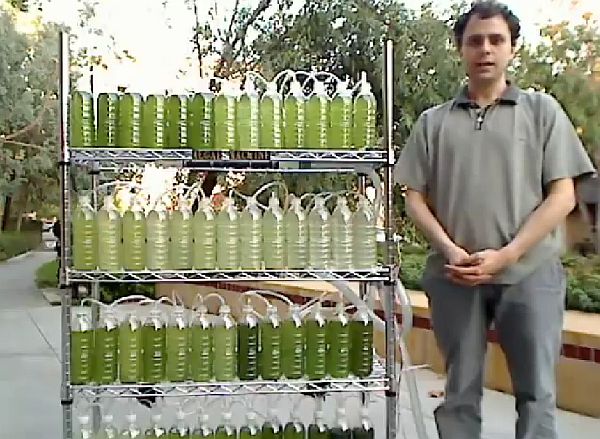The need for clean solutions
Global warming is a contemporary issue that we need to contend with. No matter what the naysayers say, statistics show that this grave problem needs urgent attention, and that the major underlying causes are due to human activity.True, the earth has been known to undergo temperature changes from time to time. But, what we’re experiencing now is a drastic rise compared to that witnessed centuries before. Rising sea levels is one of the clear indicators. Ice caps are melting, posing a risk to the lives of creatures like polar bears and penguins.
Low lying countries are witnessing erosion on their shores, forcing people to relocate to higher ground. Carbon emissions are increasing despite many countries scrambling to rewrite policies to halt this trend. According to an IPCC report, sea level rise for the years between 2090-99 is pegged at 0.18 to 0.59 mm. Though the estimates were eventually disregarded as it was felt that there was no proper scientific understanding, currents trends do show that they will rise and in time, pose a hazard to the planet and its creatures. The year 2037 looks set to cast a gloom over the Arctic, which is expected to see large patches of ice free land. What does this bode for those living in or near it? As it is, erratic weather is being witnessed in many areas with storms and droughts making an appearance more than ever before.

The potentially bleak future that could face us has led many to find possible solutions that could help reverse, or at the very least halt global warming. Here, we discuss the use of algae.
Algae: A green savior
a) Energy source
Fossil fuels are out of the question and rightly so. We can no longer afford to rely on their limited supply and the massive carbon output they emitt. Algae could very well change all this. Their use in creating bio fuel isn’t new as it has a potential to produce more biomass than other sources per unit area per year. What is new, however, is a demonstration performed by Instructables, a how to community, that shows how to construct an algae bioreactor out of recycled plastic bottles. Using algae, the photo bioreactor converts sunlight and carbon dioxide into energy.
b) Pollution control
Treating sewage usually requires the use of chemicals. Since most treating agents are toxic in nature, they can pose a health hazard to humans and other life forms. Algae have the potential to trap fertilizer in runoff from farms which can then be reused. These little organisms can also be used to filter ponds and aquariums through a device known as an algae scrubber. An algal turf scrubber, meanwhile, can be used to capture a large amount of phosphorus runoff.
c) Plastics
Plastic isn’t known for its eco friendly nature but algae have been successfully implemented in the manufacture of biodegradable plastics.
d) Nutrition
Algae have also found their way into food with many countries including them as part of their diet. Their richness in nutrients like vitamins, iron, magnesium, calcium and iodine make them a healthy source of food. In fact, China is said to consume over 70 different types of algae and Japan with over 20.
e) Pigments
Coloring agents are widely used in food processing to make them appear more attractive and palatable. But, some of these agents can contain chemicals that do more harm than good. Algae extracts can be used as a substitute for these coloring agents and dyes as they’re non toxic and quite organic.
f) Fertilizer
The use of humble seaweed’s as a fertilizer dates back to centuries. Algae are also used in livestock feed and soil conditioners. They can be cultured in clear tanks and ponds to be used as a fertilizer or they can be used to treat effluents emitted from these ponds.
Trends
a) Generate bio fuel with a homemade algae bioreactor

Like we mentioned above, a recent demonstration showed how algae can be used to generate bio fuel. The DIY project uses stacks of recycled bottles that contain algae and water, which are placed in the sun. Carbon dioxide is then pumped into the bottles, after which algae biomass is slowly produced. Algae oil is then extracted and can be used for any product that runs on bio fuel. While this example is a home project, imagine the possibilities if the experiment could be conducted on a much larger scale.
b) Flower Street Bioreactor gets fuel from algae

Emergent Architecture has developed the Flower Street Bioreactor which utilizes LED lights to promote the growth of algae. The LED lights are powered by solar arrays that harvest sunlight to facilitate the process of photosynthesis. Like the homemade bioreactor, the Flower Street Bioreactor produces oil which can then be used to power products and generate electricity.
c) Solar powered Perth Photobioreactor generates bio fuel using algae

Emergent Architecture has taken algae based bio fuel generation a step further with its Perth Photobioreactor. The equipment will use red and green colonies of algae housed in fiber composite monocoque. The front end will feed light and carbon dioxide into the reactor while the back end will generate bio fuel. The system is so designed that the photosynthesis process can continue even at night due to the presence of helixes of lights in each algae coil. Thin film solar transistors will help generate power to operate the system.
The bottom line
This miracle organism has opened up a path that will simultaneously generate energy and treat waste as well. Naturally, it is important to have a realistic figure of the amount of fuel that can be produced using algae. A few years ago we saw many firms investing largely in algae farms after claims were made that they could produce thousands of gallons of fuel per acre per year. But, a white paper published in 2009 changed all that, giving the world a more realistic outlook. It told that an acre of algae farm could produce 4,350 to 5,700 gallons annually. Of course, to arrive at a definite figure, a detailed analysis will need to be conducted. Once it is done, engineers and scientists can apply their technical know how to algae production and energy generation to give us a way out of our present fuel starved situation.




